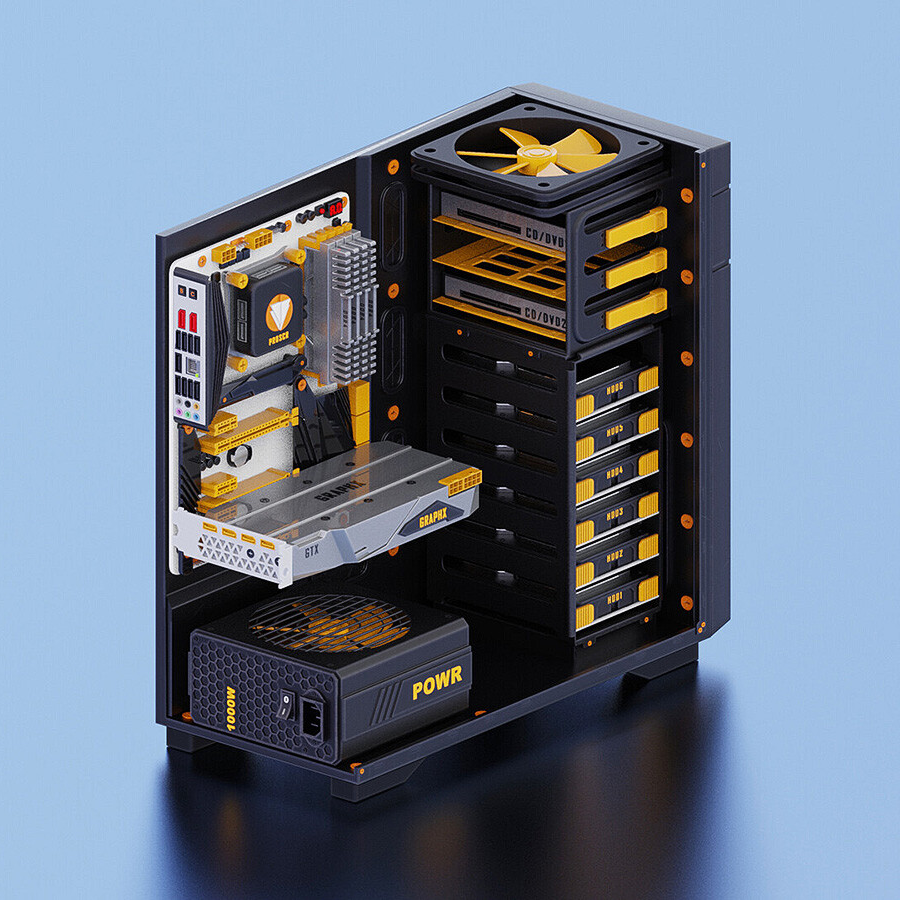Not on my Galaxy S23+ from Google Fi
- 0 Posts
- 9 Comments

 171·8 months ago
171·8 months agoYou can see the awful, misaligned panel gaps in those photos.

 2·8 months ago
2·8 months agoNice find!
I’d be curious to see RTINGS do a review of the panel on it.

 142·8 months ago
142·8 months agoExcept if you care about anything having to do with picture quality, brightness, contrast ratio or features such as HDR etc, then it’s going to be a really shitty TV. They’re made for the menus at McDonald’s, not a device for modern media.
If you disable the Ethernet/WiFI then you can create a local account, but you have to do a small.extra step…
press SHIFT+F10 keys to open Command Prompt.
Run the following: OOBE\BYPASSNRO
After this, setup will reboot the computer and you’ll get a new option I don’t have Internet or Continue with limited setup to skip the Internet requirement and you can create a local account as well.
This is only the 3764th post this week…

 1·1 year ago
1·1 year agoPower supplies are also more efficient when not near their max load, so a 1200w only doing 650 is going to be better off than a 700 doing 650.

 0·1 year ago
0·1 year agoAt some point, the people of Afghanistan should be able to take control of their own country. How can a vast majority of the people sit there and let a tiny percentage dictate the lives and rules for everyone? Kick the Taliban out of your country.


I’ve generally had good luck with hardware and things just worked under linux. But one day I upgraded a few machines on my network to 2.5G ethernet. Several already had the ports, but my little NUC NAS box didn’t, so I installed a 2.5G usb ethernet dongle. No matter what I did, I couldn’t get it to work. It would show up and NM would act like it was up and there were no errors or anything, but it just wouldn’t actually function.
Eventually, I found out that it has a built in USB data partition that contains the drivers for windows. The card was coming up as a usb disk first when the hardware was assigned and not a network card which it should have been.
I had to write a blacklist the usb modules first, which I had done before, but I had to also write a udev rule to automatically add the network card and driver on boot. It wasn’t that difficult to actually do, but I had just never had to do anything with udev rules before. Took me a good three days of troubleshooting to finally get everything to work correctly on boot.
ACTION=="add", ATTRS{idVendor}=="20f4", ATTRS{idProduct}=="e02c", RUN+="/sbin/modprobe r8152" RUN+="/bin/sh -c 'echo 20f4 e02c > /sys/bus/usb/drivers/r8152/new_id'"